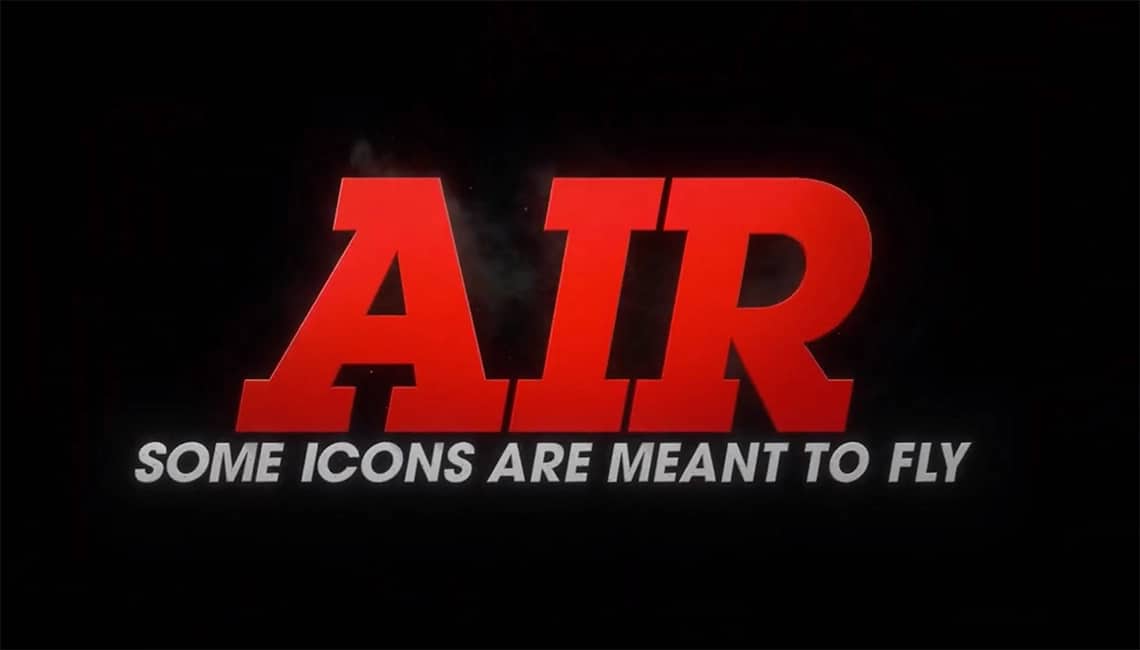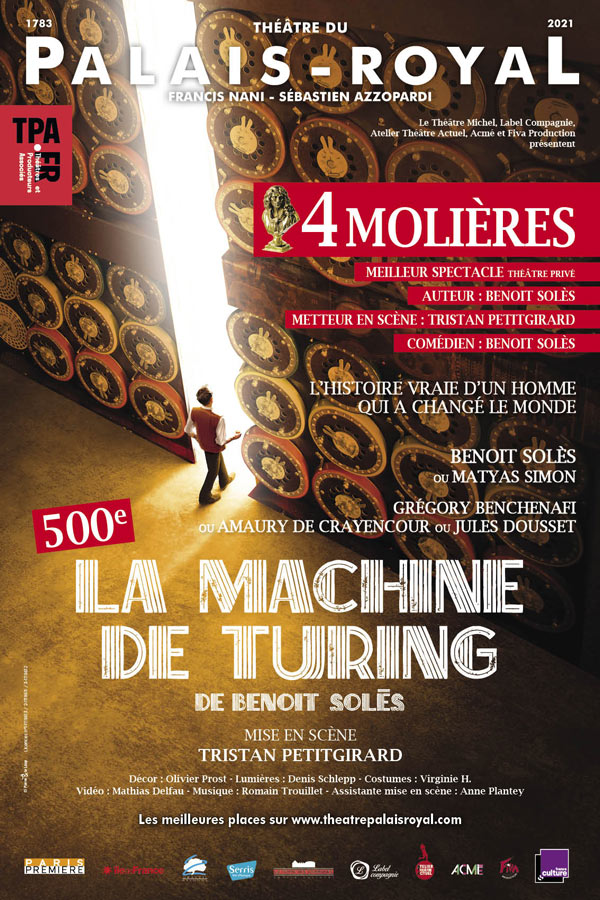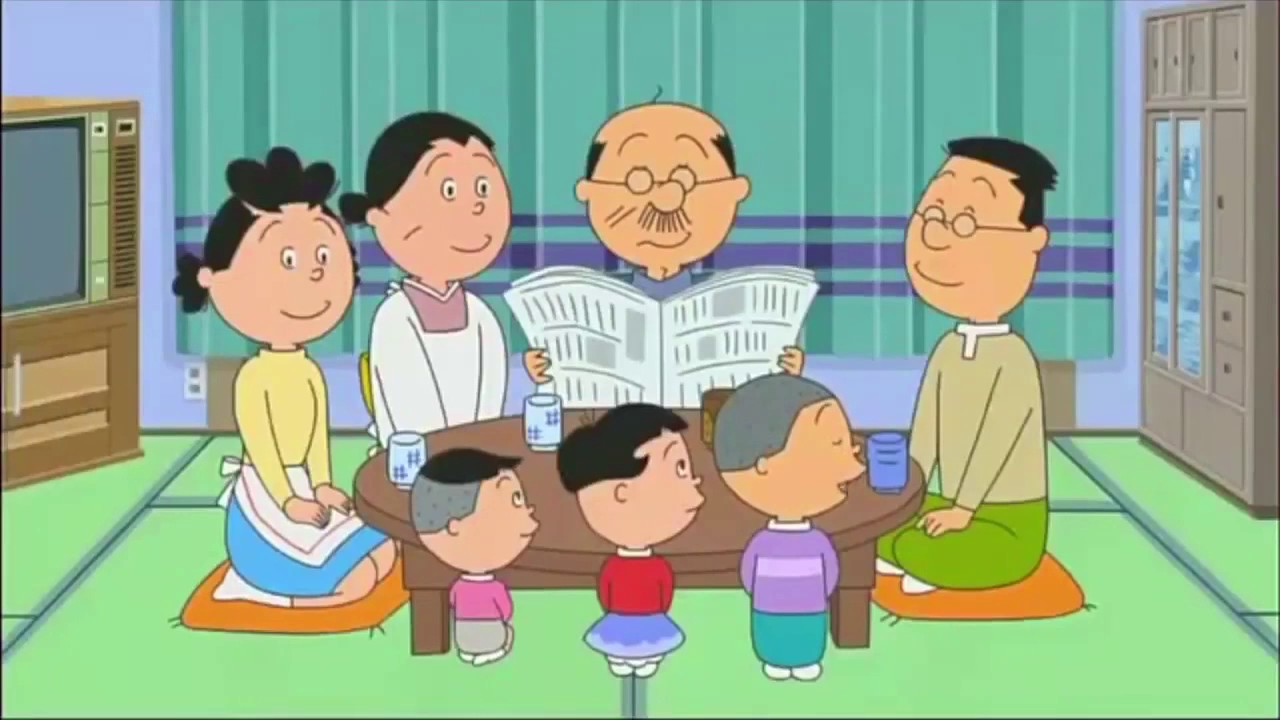For several years, biographies on the artists of the9th art have multiplied but very few have a life as romantic as Hugo Pratt, the creator of Corto Maltese. Listen to La Ballade d'Hugo to see for yourself.
Three in one
 La Ballade d'Hugo is a co-edition of the French house Glénat and the Italians of Lo Scarabeo composed of three parts. After a preface on the creation of this volume, the first half is a comic book written by Bepi Vigna, drawn and colorized by Mauro de Luca. This is not a story of Hugo's whole life but flashes of his childhood until his departure for Argentina. Mauro de Luca adopts a classic realistic style but beautifully colored in watercolor. The second part of La Ballade d'Hugo is a set of texts that tells the rest. Through several testimonies, the reader understands that Pratt's talent also owes much to his publisher Florenzo Ivaldi. The numerous photographs show his childhood and his work. These texts are rich in precise information on the cartoonist but also on comics in general. In the early 1950s, Argentina was a creative centre for comics thanks to authors from several South American states (Mandrafina, Breccia) and Europe (Pratt, de la Fuente). More than by albums, artists live by placing more or less long stories in magazines. The text also explains the birth of the Kirk magazine where Corto Maltese was born. The book closes with numerous facsimiles that demonstrate Hugo Pratt's talent and eclectic character. We are dazzled by the original illustrations and covers made for Kirk magazine.
La Ballade d'Hugo is a co-edition of the French house Glénat and the Italians of Lo Scarabeo composed of three parts. After a preface on the creation of this volume, the first half is a comic book written by Bepi Vigna, drawn and colorized by Mauro de Luca. This is not a story of Hugo's whole life but flashes of his childhood until his departure for Argentina. Mauro de Luca adopts a classic realistic style but beautifully colored in watercolor. The second part of La Ballade d'Hugo is a set of texts that tells the rest. Through several testimonies, the reader understands that Pratt's talent also owes much to his publisher Florenzo Ivaldi. The numerous photographs show his childhood and his work. These texts are rich in precise information on the cartoonist but also on comics in general. In the early 1950s, Argentina was a creative centre for comics thanks to authors from several South American states (Mandrafina, Breccia) and Europe (Pratt, de la Fuente). More than by albums, artists live by placing more or less long stories in magazines. The text also explains the birth of the Kirk magazine where Corto Maltese was born. The book closes with numerous facsimiles that demonstrate Hugo Pratt's talent and eclectic character. We are dazzled by the original illustrations and covers made for Kirk magazine.
A life in the century
 In La Ballade d'Hugo we find personal memories of Pratt and anecdotes. Indeed, author Bepi Vigna does not aim for historical accuracy but romanticizes Pratt's life. It is with this profession of faith that the comic strip begins. We understand his passion for Milton Caniff by an exchange of magazines on a Venetian bridge. But if her life is so rich it is because she meets the great History. It has often been said that Corto Maltese was only portraying the adventures of its author. It is far from certain, but global upheavals are at the heart of his work. Italian soldiers are seen during the Italian expansion in Central Africa and his father in colonial army uniform. The Ballad of Hugo denounces the illegal use of combat gas and the limitless violence of the Italian army. Pratt's father seems to have an even stranger life. On the one hand, he appears as a convinced fascist militant, pushing his son to quit school to join the colonial army with him. On the other hand, he seems to have had links with the British secret services as evidenced by his tragic end. The threat of World War II is also apparent in the omnipresence of fascism. Hugo Pratt's journey during the Second World War is winding as he joined the German army, the Italian resistance and the British army. The end of the war is complex in Italy because the ruined country is divided between resistance fighters wanting to hide and former fascists hiding their past. Even if it is obvious, a deconstruction of imperialist and racist propaganda and a denunciation of the virilist subtext would have been welcome. It was necessary to combine the evocation of comics and the journalistic precision of a text to describe part of the life of the great Hugo Pratt. Bepi Vigna and Mauro de Luca successfully partner in this book that will appeal to Corto Maltese fans. If you like classics, the chronicles on Spirou and Yves Sente's version might interest you.
In La Ballade d'Hugo we find personal memories of Pratt and anecdotes. Indeed, author Bepi Vigna does not aim for historical accuracy but romanticizes Pratt's life. It is with this profession of faith that the comic strip begins. We understand his passion for Milton Caniff by an exchange of magazines on a Venetian bridge. But if her life is so rich it is because she meets the great History. It has often been said that Corto Maltese was only portraying the adventures of its author. It is far from certain, but global upheavals are at the heart of his work. Italian soldiers are seen during the Italian expansion in Central Africa and his father in colonial army uniform. The Ballad of Hugo denounces the illegal use of combat gas and the limitless violence of the Italian army. Pratt's father seems to have an even stranger life. On the one hand, he appears as a convinced fascist militant, pushing his son to quit school to join the colonial army with him. On the other hand, he seems to have had links with the British secret services as evidenced by his tragic end. The threat of World War II is also apparent in the omnipresence of fascism. Hugo Pratt's journey during the Second World War is winding as he joined the German army, the Italian resistance and the British army. The end of the war is complex in Italy because the ruined country is divided between resistance fighters wanting to hide and former fascists hiding their past. Even if it is obvious, a deconstruction of imperialist and racist propaganda and a denunciation of the virilist subtext would have been welcome. It was necessary to combine the evocation of comics and the journalistic precision of a text to describe part of the life of the great Hugo Pratt. Bepi Vigna and Mauro de Luca successfully partner in this book that will appeal to Corto Maltese fans. If you like classics, the chronicles on Spirou and Yves Sente's version might interest you.





































